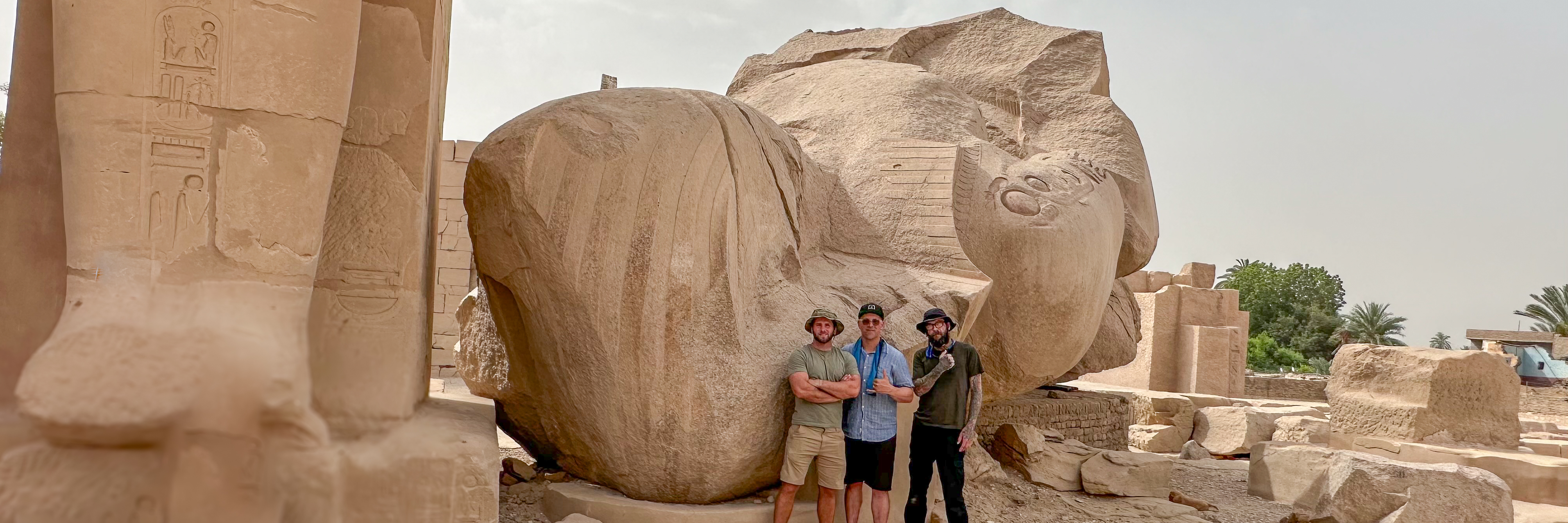
By Derek Olson
Kyrgyzstan: on the evening of October 15th, while Erkin Turbaev was plowing his potato field, his plow suddenly struck something large under the earth. Erkin made the wise decision to postpone his plowing and began instead to dig around the object that was struck. After much digging, to his surprise, he unearthed an approximate nine foot tall, 1,500 year old stone statue.

Erkin, who’s land is located in the Issyk-Kul region of Kyrgyzstan, said “A great historical find for this village. It will bring good fortune.”
A “Balbal,” is the Kurgan name given to a statue like this one that was erected around an ancient Turkish grave. It is estimated that a balbal such as this was crafted in the 6th century. These grave markers in Kyrgyzstan and throughout Central Asia were erected most likely by Turkish tribes, and are said to symbolize the enemies that the specific Turkish warrior had killed during his life legacy.

According to historian Zhanbolot Abdykerimov, there are historical kurgans (burials) that date back as far as the 3rd century BC between the settlements of Ak-Bulun and Frunze. He points out that this statue bears significant marks indicating that it belonged to a warrior of great title, with inscriptions on the head, a pendant in the neck area and a hand in the middle. Abdykerimov noted that the statue features a drawn sword, a belt and pictures on its back side. Abdykerimov stated “It is difficult to determine, without archaeologists, to which period the balbal belongs.”
It almost sounds as if Abdykerimov is wondering if this statue is older than the 6th century. Below is some video footage of the newly discovered statue.
Sources


